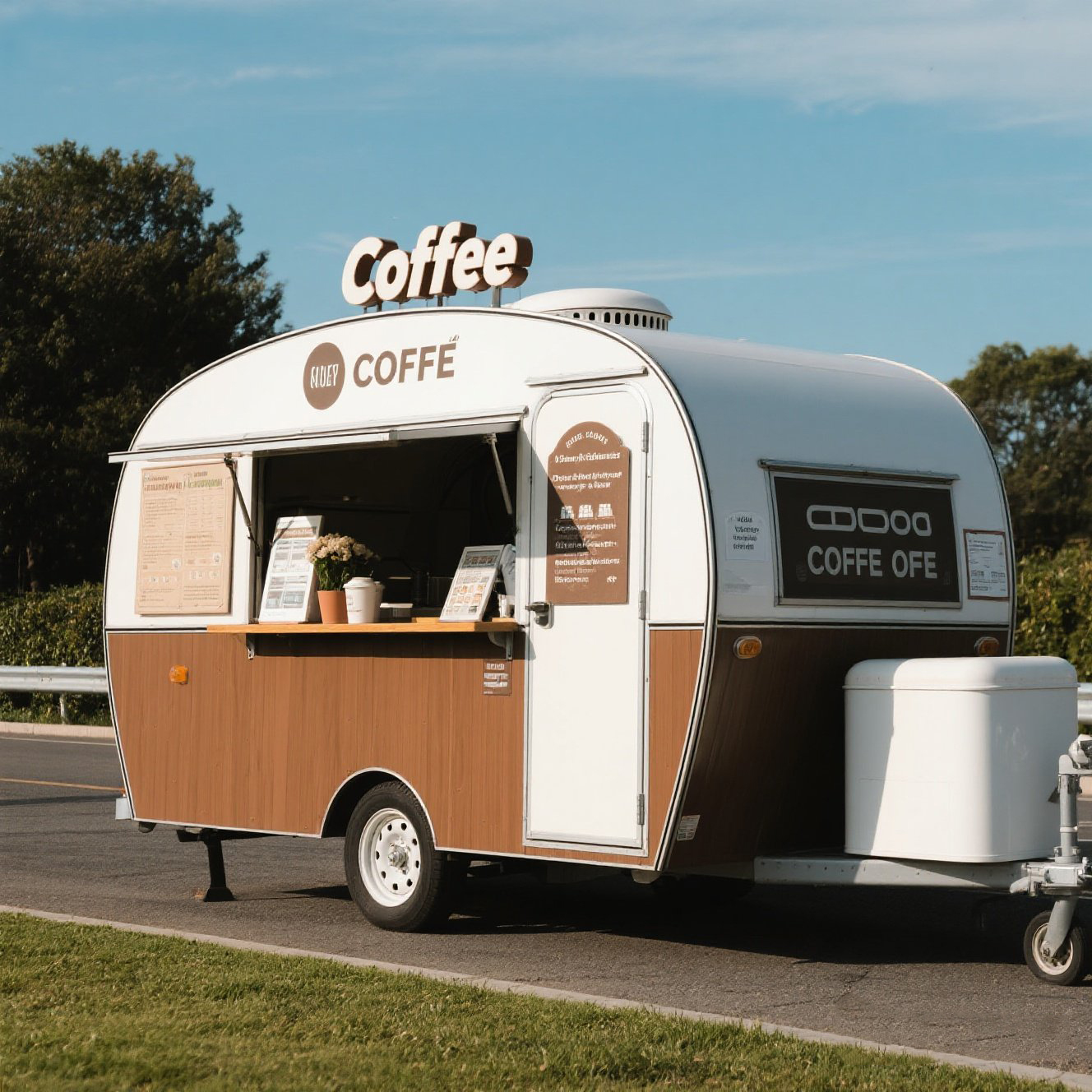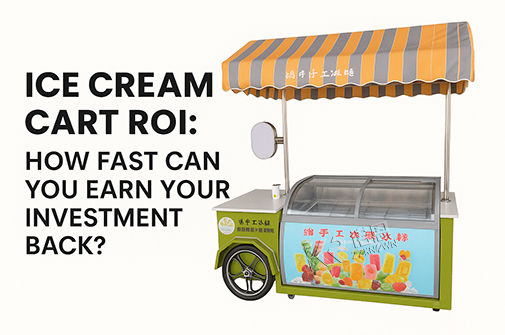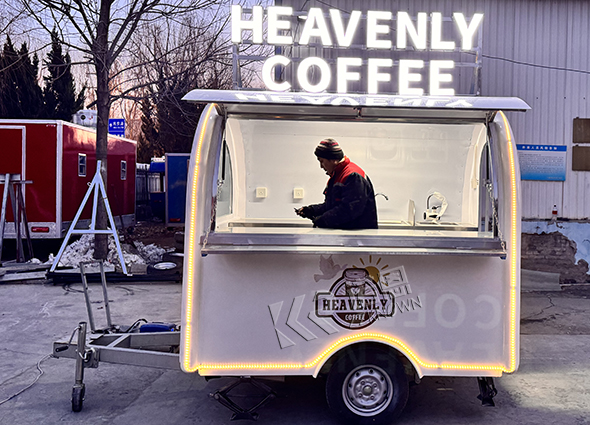Hand Washing: Staff should wash hands thoroughly—before shifts, after restroom visits, after handling cash, and between tasks. Use warm, soapy water for a minimum of 20 seconds.
Gloves: Always wear gloves when working with ready-to-eat items like pastries, and switch them out when changing tasks.
Appearance: Clean attire, aprons, and hair restraints (like hats or hairnets) help minimize contamination risks.
Milk & Dairy:
Store at or below 4°C (39°F).
Compact under-counter fridges under stainless worktops work great in tight spaces.
Discard any milk left unrefrigerated for more than two hours.
Pastries & Snacks:
Keep them wrapped and in sealed containers or clean display cases.
Refrigerate perishable baked goods, labeling them with open and use-by dates.
Syrups & Condiments:
Store at room temperature in clearly marked, sanitized containers.
Pump dispensers should be cleaned daily to prevent bacterial growth.
Designated Zones:
Allocate space for dairy, dry ingredients, pastries, and cleaning materials.
Use separate, color-coded cloths or tools for each area.
Equipment Hygiene:
Rinse milk pitchers between uses.
Wipe down espresso machines, grinders, and tampers throughout the day.
Single-Use Items:
Offer disposable stirrers and napkins.
Use individually wrapped cutlery for any food items.

Daily Deep Cleaning:
Begin and end each shift by disinfecting all surfaces with food-safe solutions.
Sanitize fridge interiors, handles, espresso heads, and faucets regularly.
Spot Cleaning:
Any spills-especially milk or coffee-should be wiped up immediately to avoid stickiness or mold.
Water Quality:
Use filtered water for all drinks. Clean water tanks daily and sanitize them on a set schedule if they're built-in.
Pastry Service:
Use tongs or gloved hands—never bare fingers.
Milk & Espresso Handling:
Purge steam wands before and after frothing.
Never reuse or reheat previously steamed milk.
Allergy Awareness:
Let customers know about allergens like dairy, nuts, or gluten.
Clean tools between orders involving different allergens (like almond milk vs. whole milk).
Dating Ingredients:
Mark all opened milk, syrups, and baked goods with the date they were opened and when they expire.
FIFO Method:
Use “First In, First Out” to make sure older stock gets used up first.
Expired items not only taste bad—they’re a risk to customer health.
Food Safety Training:
Make sure every employee is certified and up-to-date on food safety practices.
Be Inspection Ready:
Keep logs for fridge temps.
Maintain cleaning checklists and documentation to show health inspectors.
Under-Counter Refrigeration:
Great for saving space while keeping milk, creamers, and light foods fresh.
Stainless Steel Surfaces:
Durable, easy to clean, and compliant with food safety guidelines.
Water Systems:
Built-in sinks and water tanks support both sanitation and handwashing.
Display Cabinets:
Keep pastries visible to customers while staying protected from contamination.
| Task | Frequency | Notes |
|---|---|---|
| Wash hands | Every task switch | Use soap & warm water |
| Clean milk frother/steam wand | After each use | Wipe & purge |
| Sanitize worktops | Daily | Food-safe cleaner |
| Rotate milk & pastries | Daily | FIFO method |
| Check fridge temperature | Twice daily | Must be < 4°C |
| Clean syrup dispensers | Daily | Avoid buildup |
| Use gloves/tongs for pastries | Always | Prevent contact |
| Train new staff in food safety | Onboarding | Provide certificate |
Running a coffee trailer comes with unique challenges, especially when it comes to food safety. From steaming milk to displaying pastries, every small detail contributes to hygiene and customer satisfaction. Adhering to structured routines not only keeps operations clean—it also builds customer trust and keeps you inspection-ready.
With smart storage (like fridges under worktops) and well-trained staff, your coffee trailer can run smoothly, stay safe, and turn a tidy profit.




